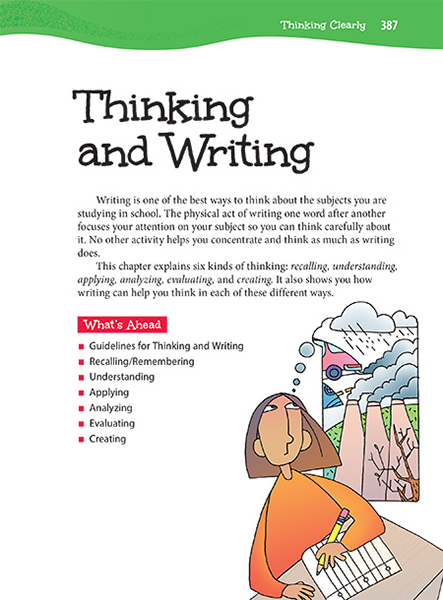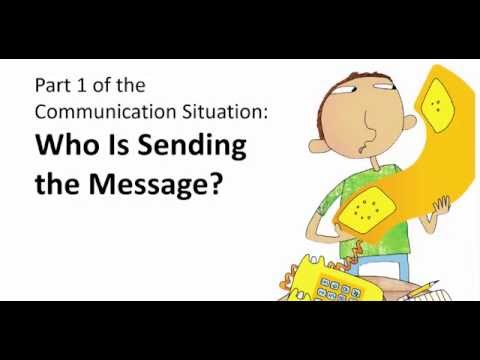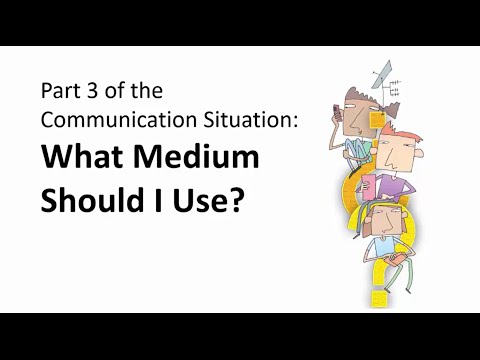Page 387 from

Start-Up Activity
On a whiteboard, list the six types of thinking covered in this chapter.
- Recalling
- Understanding
- Applying
- Analyzing
- Evaluating
- Creating
Have students attempt to define each type of thinking and recall times when they may have used it—especially outside of school. You might share some of your own experiences with each type of thinking.
Point out that the act of writing helps people think in these different ways.
Think About It
“Writing is thinking on paper.”
—William Zinsser

Start-Up Activity
On a whiteboard, list the six types of thinking covered in this chapter.
- Recalling
- Understanding
- Applying
- Analyzing
- Evaluating
- Creating
Have students attempt to define each type of thinking and recall times when they may have used it—especially outside of school. You might share some of your own experiences with each type of thinking.
Point out that the act of writing helps people think in these different ways.
Think About It
“Writing is thinking on paper.”
—William Zinsser








